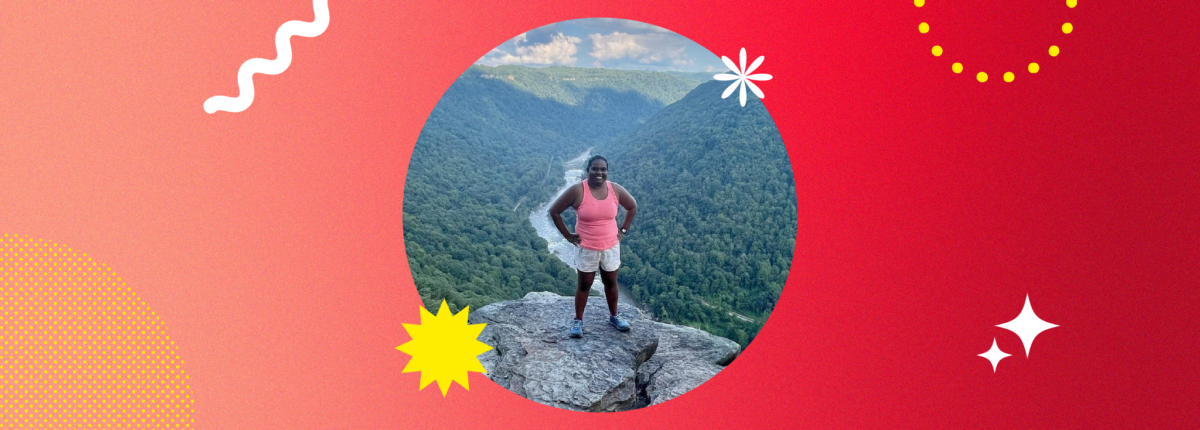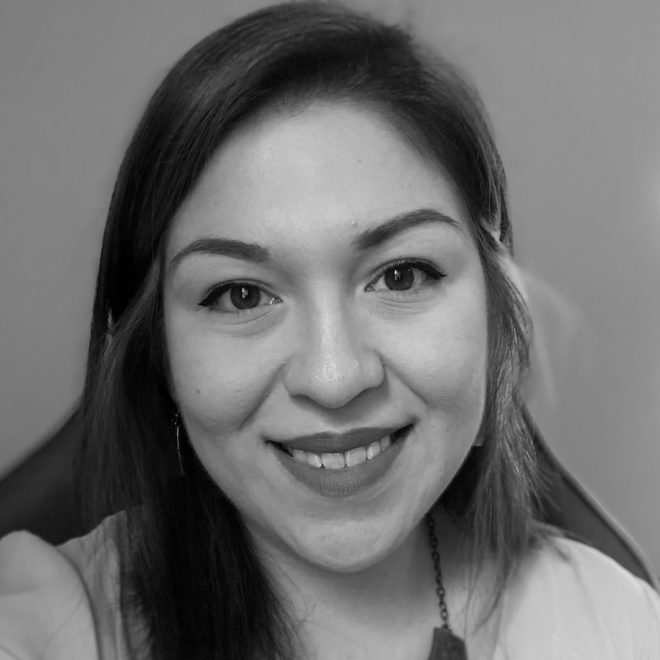Diabetes Is Just Another Adventure
Getting a type 2 diabetes (T2D) diagnosis can be overwhelming, scary and lead to many questions like is my life over? But the answer is: it doesn’t have to be.
Most people with T2D can still live a happy, long adventurous life, just like Nalini Ravindranath does! Beyond Type 2 spoke with Nalini about her diagnosis, how diabetes changes with age and how she continues to go on adventures with diabetes.
What Nalini wants you to know
- Have a team of doctors who really communicate with each other, including to care for your mental health.
- When going on adventures, tell somebody where you’re going, make sure that person knows that you’re diabetic and keep something in your backpack or your wallet that lets people know that you are diabetic in case of an emergency.
- Don’t be afraid to try whatever movement you want to try!
Read more of the interview below. This interview has been edited for length and clarity.
BT2: When were you diagnosed?
Nalini: I was diagnosed in 2016. I have a strong family history of diabetes, so when I started experiencing symptoms, I think I kind of knew what it was.
I was extremely tired. During the workday I would get so sleepy that I would have to go into the bathroom and take a quick nap to come back and sit at my desk and work—otherwise, I would fall asleep.
I would come home from work and I would be so exhausted that I needed to take a nap before I could make dinner. Of course, frequent running to the restroom was the second big symptom that I had. I occasionally would get some excessive thirst, but that wasn’t consistent.
I actually had been diagnosed with high blood pressure a few months before my official diabetes diagnosis. It came about from a routine like doctor’s visit, which then turned into your blood pressure is so high you gotta go to the emergency room.
They did routine blood work in my follow up appointment, so my official diabetes diagnosis came through this online portal. It was ‘your sugar levels are at like 250, this officially puts you in the diabetes category’.
It was the most impersonal way to get such a devastating diagnosis.
What support did you get after your diagnosis?
Eventually I did go see the doctor, but there wasn’t a whole range of support after my initial diagnosis. They were like ‘don’t eat carbs, don’t eat sugar and lose weight’.
The assumption was that I wasn’t super active—even though I’m a big hiker. This diagnosis came on the heels of me hiking the entire Appalachian trail. They didn’t know that about me.
The support I received was sort of based on just numbers and visually what they saw.
I think in the medical community there is not enough awareness about how how much of managing diabetes is really emotional too. It’s not just the physical part of it. General practitioners tell you very basic information after the diagnosis, and for a lot of people it’s not as easy as ‘stop eating’.
You didn’t get diabetes because you ate too much sugar—there was like a whole lot of chemistry that was happening.
Did you make lifestyle changes after your diagnosis?
I did make a lot of lifestyle changes, but I would say really unhealthy lifestyle changes. My food became my obsession. I think I was probably on the borderline of disordered eating. My belief was that I got this disease because I didn’t have enough self-control, so I was going to manage it by testing how much self-control I could have.
I was put on Metformin, and was having so many GI issues that I wasn’t really keeping a ton of food. I wasn’t getting a ton of nutrition and losing weight. Providers were like ‘congratulations, you’ve lost all this weight and that’s why your sugar levels have improved’. When in reality, that was not the case.
When my body adjusted to the Metformin, my weight sort of came back and it became about maintaining weight loss—that I wasn’t doing something right.
It was also learning about my own body. I had to be really intentional about finding medical care that made me a participatory person, as opposed to being told what should happen to me.
Why is diabetes another adventure?
I got my diagnosis after finishing my hike through the Appalachian trail—I compare managing diabetes to that. In the beginning your body’s trying to get used to everything, then it’s learning about your own body and what is right for you.
The disease morphs. As time has gone on, it shows it up differently. I’m getting older, I am premenopausal and what worked for me five years ago is not working for me right now. I have to figure that out again.
I can’t push myself right now to go hiking all the time. The adventure part of this disease in some ways is like when I was hiking. I had to really pay attention to my body, really listen and really know my body.
How do you safely hike with your diabetes?
Like living with diabetes in general, you have to have a plan.
I have to carefully think about what I eat before I go hiking. What do I have with me while I’m hiking? What do I have to have in the car once I’m done hiking?
I’m fortunate that I get to do most of my hiking with my partner now. He knows that I have diabetes and knows the signs of when my sugar levels are getting out of balance. It’s nice to have somebody who can walk with you in that journey.
Tell somebody where you’re going, make sure that person knows that you’re diabetic and keep something in your backpack or your wallet that lets people know that you are diabetic in case of an emergency.
How can others lead an adventurous life with type 2 diabetes?
Movement is important for managing diabetes and I want to also caveat that you don’t have to do something adventurous to manage diabetes. But if you find a movement that you enjoy, there’s no reason to like limit yourself. You just have to take some extra precautions.
Don’t be afraid to try whatever you want to try. I just turned 43 this year and I am still discovering new active sports that I want to explore.
Editor’s Note: This content was made possible with support from Lilly, an active partner of Beyond Type 2 at the time of publication.





